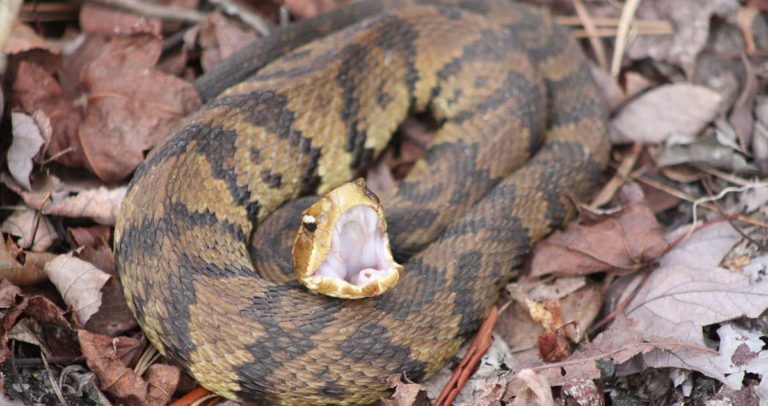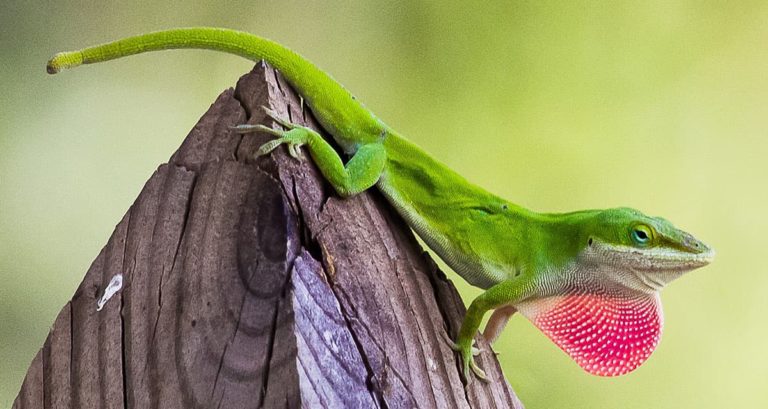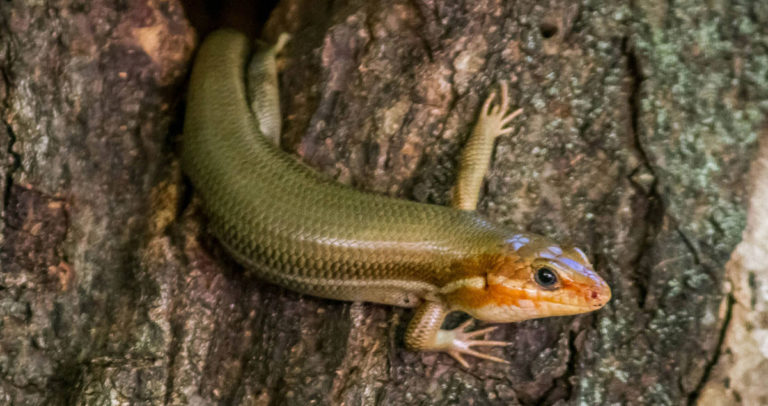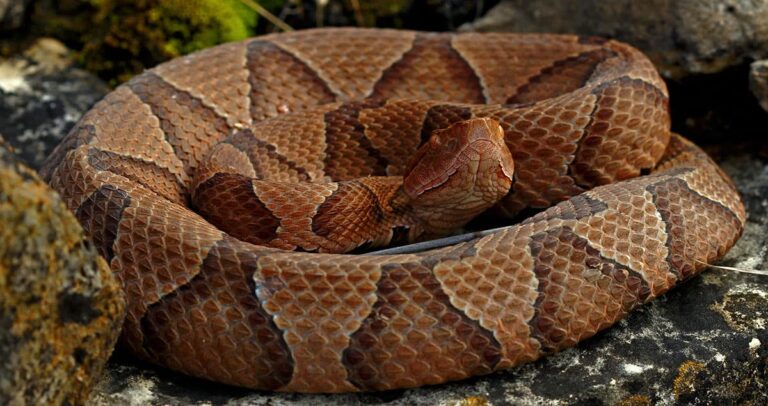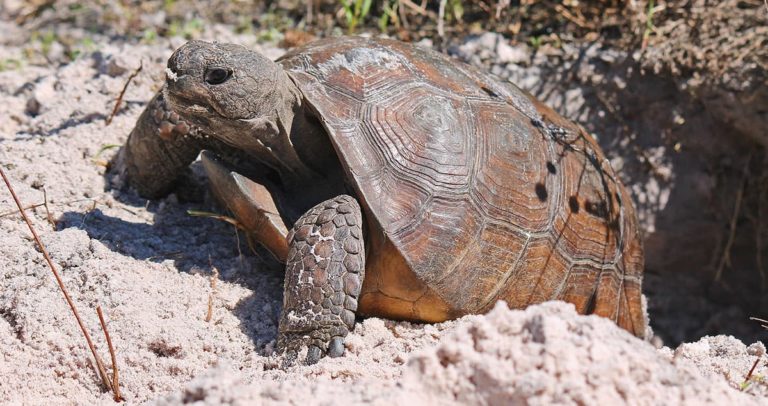Pine Snakes in Georgia: A Comprehensive Guide
Pine snakes are an intriguing species native to Georgia, playing an essential role in maintaining the balance of their ecosystem. Unfortunately, these snakes face numerous threats, including habitat loss and human interference. This comprehensive guide will delve into the pine snake species found in Georgia, their physical features, habitat preferences, behavior, and conservation efforts, providing a one-stop resource for anyone interested in learning more about these fascinating creatures.
Species of Pine Snakes in Georgia
Georgia is home to two species of pine snakes:
- Northern Pine Snake (Pituophis melanoleucus melanoleucus)
- Southern Pine Snake (Pituophis melanoleucus mugitus)
Both species share similar characteristics, such as their size, coloration, and preferred habitats. However, there are subtle differences between them that make each species unique.
Physical Features and Identification
Size and Length
Pine snakes are among the largest snakes in Georgia, with adults typically reaching lengths of 4-6 feet. Males are generally larger than females.
Coloration and Patterns
Pine snakes are characterized by their distinctive coloration, which consists of a light background with dark blotches or bands. The coloration of the Northern Pine Snake is often gray or light brown, while the Southern Pine Snake tends to have a slightly darker background color. The blotches may be black, brown, or reddish-brown, depending on the individual snake.
Unique Features
Pine snakes possess a keeled scale texture, giving them a slightly rough appearance. They also have a pointed snout adapted for burrowing in sandy soil.
Comparison to Other Snake Species
Pine snakes can be confused with other similarly patterned species, such as the Eastern Hognose Snake or the Gray Rat Snake. However, the pine snake’s unique coloration and keeled scales help distinguish it from other species.
Habitat and Distribution
Preferred Habitat
Pine snakes prefer habitats with well-drained, sandy soils, such as pine forests, mixed hardwood forests, and sandhills. They are often found in areas with an open canopy and sparse ground cover, where they can burrow and hunt for prey.
Geographic Distribution in Georgia
Northern Pine Snakes are found in the northern and central parts of Georgia, while Southern Pine Snakes are found in the southern part of the state. There is some overlap in their ranges, particularly in central Georgia.
Elevational Range
Pine snakes can be found at elevations ranging from sea level to around 3,000 feet, with the Northern Pine Snake typically occupying higher elevations than the Southern Pine Snake.
Behavior and Ecology
Diurnal Habits
Pine snakes are primarily diurnal, meaning they are most active during the day. They spend their nights in burrows, which provide shelter and protection from predators and temperature extremes.
Climbing and Burrowing Abilities
Pine snakes are proficient climbers and burrowers. They use their pointed snouts to dig burrows in sandy soils, where they can escape predators, find prey, and thermoregulate.
Hibernation and Brumation
In colder months, pine snakes may undergo hibernation or brumation, depending on the local climate. During this time, they retreat to their burrows and remain inactive, conserving energy until warmer temperatures return.
Defensive Behaviors
When threatened, pine snakes may hiss, vibrate their tails, or strike at their attacker. However, they are non-venomous and pose no threat to humans.
Diet and Foraging
Prey Preferences
Pine snakes primarily feed on small mammals, such as mice, rats, and voles. They are also known to consume birds, bird eggs, and occasionally reptiles and amphibians.
Foraging Techniques
Pine snakes are ambush predators, relying on their excellent camouflage to blend in with their surroundings. They patiently wait for unsuspecting prey to pass by before striking with incredible speed and accuracy. Their powerful constriction abilities enable them to subdue their prey before swallowing it whole.
Role in the Food Web
As predators, pine snakes help regulate small mammal populations, preventing overpopulation and maintaining the balance of the ecosystem. They also serve as prey for larger predators, such as birds of prey and larger snake species.
Reproduction and Life Cycle
Mating and Courtship
Pine snakes typically mate in the spring, with males seeking out receptive females by following their scent trails. Males engage in combat with other males to secure mating opportunities, often biting and attempting to overpower their rivals.
Egg-Laying and Incubation
After mating, females lay their eggs in a well-hidden, underground nest. The clutch size typically ranges from 4 to 24 eggs, depending on the size and age of the female. Eggs are incubated for approximately 60 to 75 days before hatching.
Hatching and Juvenile Development
Upon hatching, juvenile pine snakes are independent and must fend for themselves. They grow rapidly, reaching sexual maturity within 3 to 5 years.
Lifespan and Growth Rates
Pine snakes can live up to 15 years in the wild, with captive individuals occasionally reaching 20 years of age. Their growth rates depend on factors such as prey availability, temperature, and genetics.
Conservation Status and Threats
Current Conservation Status
The conservation status of pine snakes varies by species and location. The Southern Pine Snake is listed as a species of special concern in Georgia, while the Northern Pine Snake has no specific legal protection.
Habitat Loss and Fragmentation
Habitat loss and fragmentation due to urban development, agriculture, and logging pose significant threats to pine snake populations. As their preferred habitats disappear, populations become isolated and more vulnerable to local extinctions.
Predation and Human-Wildlife Conflict
Pine snakes face predation from natural predators such as birds of prey and other snakes. Additionally, they are often killed by humans who mistake them for venomous species or view them as a threat to their property.
Climate Change Impacts
Climate change may exacerbate existing threats to pine snake populations, such as altered temperature and precipitation patterns, which can affect their preferred habitats and prey availability.
Conservation Efforts and Management Plans
Efforts to conserve pine snakes in Georgia include habitat restoration, public education, and research to better understand their ecology and population dynamics. Landowners can also contribute to conservation efforts by preserving suitable habitat and reporting sightings to local herpetological organizations.
Final Thoughts
Pine snakes are an essential part of Georgia’s biodiversity, playing a critical role in the ecosystems they inhabit. Their unique appearance, impressive size, and fascinating behaviors make them an intriguing subject for reptile enthusiasts and conservationists alike. By understanding the pine snake species found in Georgia, their habitats, behavior, and conservation status, we can better appreciate these remarkable reptiles and take action to protect them for future generations.
As we continue to learn more about pine snakes in Georgia, it is crucial for researchers, conservationists, and the public to work together to ensure their survival. By supporting conservation efforts, creating suitable habitat, and spreading awareness about the importance of these snakes, we can help ensure that these fascinating reptiles continue to thrive in Georgia’s diverse ecosystems.
*photo courtesy of Jeff Hall

